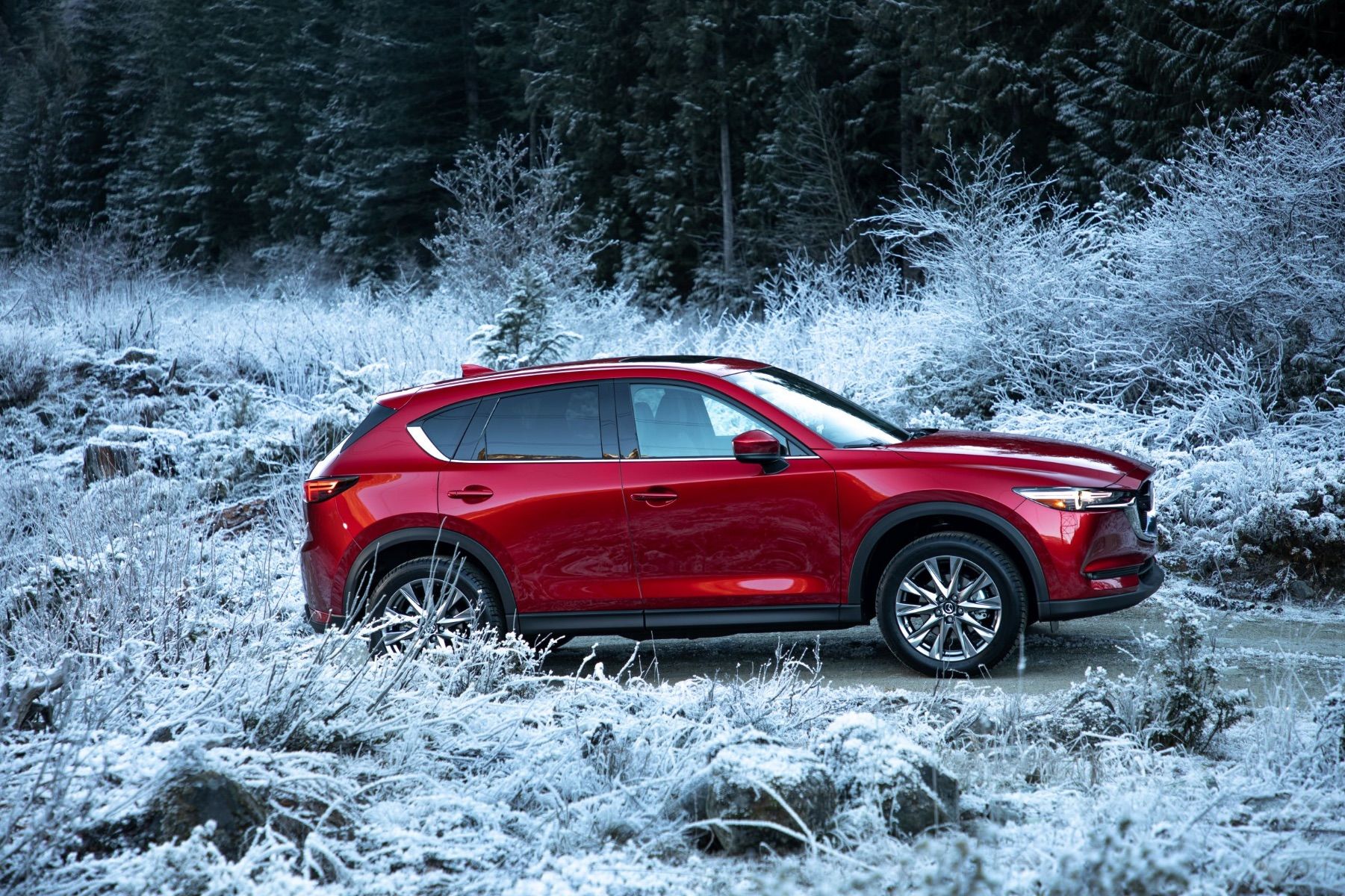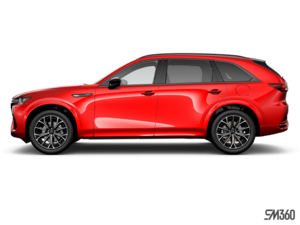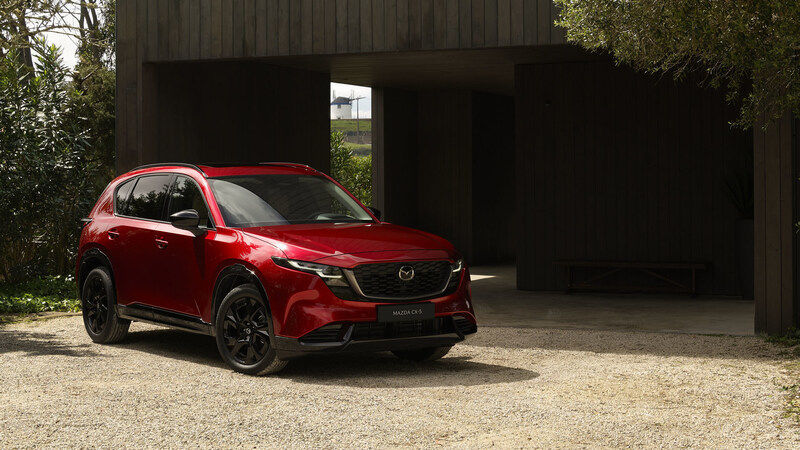Do You Need Winter Tires With All-Wheel Drive In Prince Edward Island?
September 28 2020, Centennial Mazda

All-wheel drive is an exceptional tool for virtually any vehicle, but it’s often a misunderstood piece of technology. As a result, many drivers don’t know that all-wheel drive will offer maximum winter performance when paired with a proper set of winter tires.
RWD
Think of it this way. A rear-wheel-drive vehicle sends power from its engine to the back wheels. Those back wheels rotate – they drive – because of the torque sent from the engine through the transmission to the rear axle. Now the vehicle is being pushed by its rear wheels. This is good for overall vehicular balance (that’s why the Mazda MX-5 sports car is RWD) and good for steering feel and precision (because the front wheels only have one job: steering) but not as good for outright traction. Just try pushing an old red wagon up a muddy hill rather than pulling it with the handle on the front. If you want any hope of getting a rear-wheel-drive vehicle through a Prince Edward Island winter, winter tires are an absolute must.
FWD
Now consider front-wheel drive. In a FWD vehicle, power is send from the engine to the front wheels. The front wheels rotate – they drive – because of the torque sent from the engine through the transmission to the front axle. Now the vehicle is being pulled by its front wheels. This is much better for overall traction. Again, just try pulling the old red wagon up a muddy hill rather than pushing it from the back. This is why most vehicle architectures in most cars, crossovers, SUVs, and vans are underpinned by front-wheel drive. Front-wheel drive’s traction advantages will be significantly aided by winter tires for all the usual reasons: traction, grip, performance in cold temperatures, and more gradual wear in cold weather.

AWD
All-wheel-drive vehicles, whether based on RWD or FWD platforms, find it much easier to acquire the necessary traction because all four wheels can work together. All four tires can bite into the pavement, reducing the amount of slip on icy or snowy surfaces as you pull away from a stop sign, for example. In terms of accelerating in snow, AWD is hugely advantageous, but acceleration will be aided by winter tires that use thousands of sipes to bite into the snowy surface.
There is, however, another issue. Drive – whether it’s all-wheel, rear-wheel, or front-wheel – refers to the power being sent to the responsible wheels. What does power have to do with braking or steering?
Just watch this Consumer Reports test of two vehicles, one AWD vehicle and one FWD vehicle, with winter and all-season tires. In braking tests, the AWD SUV and FWD car required a similar amount of space to stop from 96 kmh, between 298 and 314 feet. But when the AWD SUV wore all-season tires, its stopping distance more than doubled to 668 feet.
All-wheel drive, and in particular Mazda’s i-Activ all-wheel drive that monitors road conditions 200 times per second with 27 sensors, is a very powerful piece of technology. i-Activ AWD anticipates slip instead of reacting to slip, and seamlessly shuffles power to the rear wheels. But if you want to truly empower your all-wheel-drive vehicle, make sure it has the right footwear.
Visit Centennial Mazda or call our parts and service department to book a winter tire appointment. Or visit the Centennial Mazda Fitting Room, where you can configure your vehicle’s winter tire options online.






